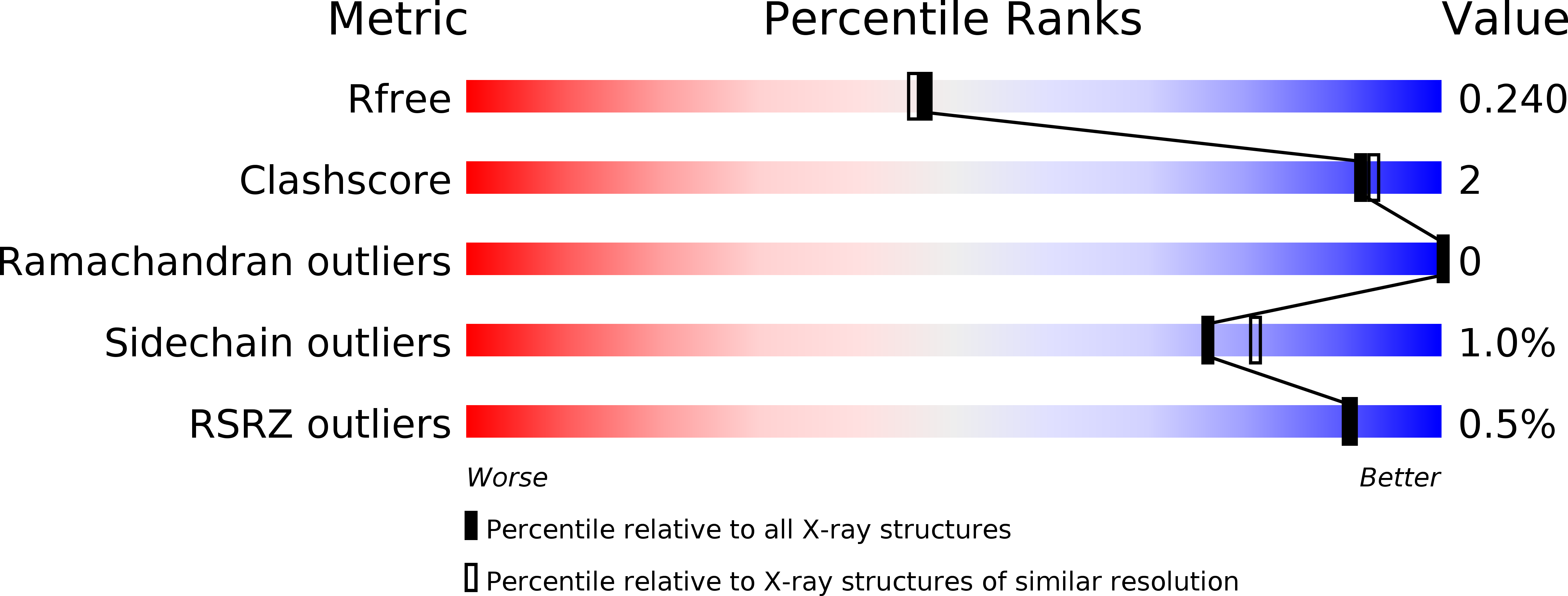
Deposition Date
2017-01-25
Release Date
2017-10-04
Last Version Date
2023-11-22
Method Details:
Experimental Method:
Resolution:
2.00 Å
R-Value Free:
0.24
R-Value Work:
0.18
R-Value Observed:
0.18
Space Group:
P 1 21 1


